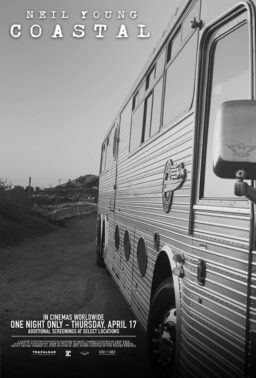When does rooting for the damned stop being worthwhile or even productive? Viewers’ sympathies are worked over throughout the grim Austrian folk horror drama “The Devil’s Bath,” a dreadful period piece about a pious woman who seems doomed by her circumstances.
Agnes (Anja Plaschg), an unhappily married woman who prays to God for mercy, makes more sense as a product of her time and setting, as they’re understood by myopic present-tense filmmakers. Agnes’s intensity can be endearing given Plaschg’s expressive performance, as well as Martin Gschlacht’s painterly cinematography, under the direction of co-writer/helmer duo Severin Fiala and Veronika Franz (“Goodnight Mommy,” “The Lodge”), who represent the past as a hyper-stylized study in needless suffering.
Agnes starts and remains trapped by her association with the intolerant residents of an 18th-century “Upper Austria” settlement. Agnes has depression, a condition that’s tellingly stigmatized in this movie’s title. Her story is largely defined by her helplessness, not by her distinct character or even communal identity, making it increasingly difficult to care when her life inevitably becomes defined by degradation and pain.
Agnes lives in hope, somehow. She prays fervently, works industriously, and generally tries to make a happy life with Wolf (David Scheid), her insensitive husband. Wolf spends all the money he can get on a house that Agnes doesn’t love, one that’s located a little too close to his miserable but dutiful mother, Gänglin (Maria Hofstatter), who predictably does not care for Agnes. Wolf frequently talks to Gänglin rather with his wife. He’s obviously bad at sex, too, as we see in a needlessly cruel but handsomely lit bedside scene.
Agnes’s terror and uncertainty predominate this standout moment, but in a way that suggests that, on some level, she’s still processing her hopelessness. No matter how absurd or unlikely it may seem to an outside observer, there’s still a chance for Agnes to do something with the hand that life has dealt her. Then again, “The Devil’s Bath” begins with a shocking act of violence and ends with two more. You don’t need to abandon all hope to enter the movie’s painterly frame, but that sort of blind submission often seems to be the only emotional threshold to cross.
How, then, can we relate to Agnes beyond her initial curiosity and pitiful investment in a world that apparently does not care enough to notice her or her needs? We join her as she attends and devotes herself to rituals that are unyielding, at best, and threatening, at minimum. She finds no joy in work, release from her home life, or pleasure in charity. Somehow, Agnes’s most relatable and saddening release is her devotion to prayer. She often humbles herself through formal devotion and daily tasks and usually tries to become more than the sum of her needs. “Please grant me a child,” she begs aloud, right before Plaschg’s face peeks out from behind a lattice-covered window. We see the moon in the sky, and for a moment, we share her yearning.
Wishful thinking persists throughout Agnes’s descent into abject solitude. You can see it in the sheer duration of certain shots, which often feel interminable because they tempt viewers to leer at or sometimes with Agnes as she’s confronted with reflections of her own hopelessness. Eventually, the regularity of Agnes’s torments makes one wonder what Todd Solondz might have done with this material. She gets stuck in mud, physically dragged about by her husband, insulted by her mother-in-law, and mistreated by obviously ignorant healers. She’s not seen because the world she lives in does not care to look at her, let alone forgive anyone they deem unworthy of love.
Agnes tries to return home to her own mother and brother, but they reject her, not understanding (or caring to understand) what’s wrong since Wolf isn’t physically abusive. To Agnes’s family, she’s only as noteworthy as their expectations (have children, obey your husband); to the filmmakers, Agnes only confirms what they already know about her world.
It’s not sad, but merely unsettling to trail after Agnes as she’s repeatedly put in her place. Agnes sometimes gets to wander about unsupervised, but she mostly spends her free time absorbing her hopeless plight. She stares into the dead eyes of the fish that her husband and their fellow community members catch for a living. She joins other women in beating their laundry. In a handful of scenes, Agnes contemplates the fate of a decapitated body, whose waxy corpse sits and rots in public, as a reminder to anyone who passes by.
The sheer sketchiness of Agnes’s torment often reduces her emotions and experiences to dramatic shorthand for an unhappy life, as it’s reductively imagined for today’s enlightened viewers. Agnes isn’t a person as much as she’s an effigy to be destroyed, and while your sympathies will obviously vary, that won’t add much depth to the movie’s shallow depiction of stigma and grief. This movie’s not frustrating because it’s blunt or vicious, but because its creators are only so interested in a world condemning Agnes to a dire fate. Her actions may ultimately be shocking, but her story is anything but.
On Shudder now.




















